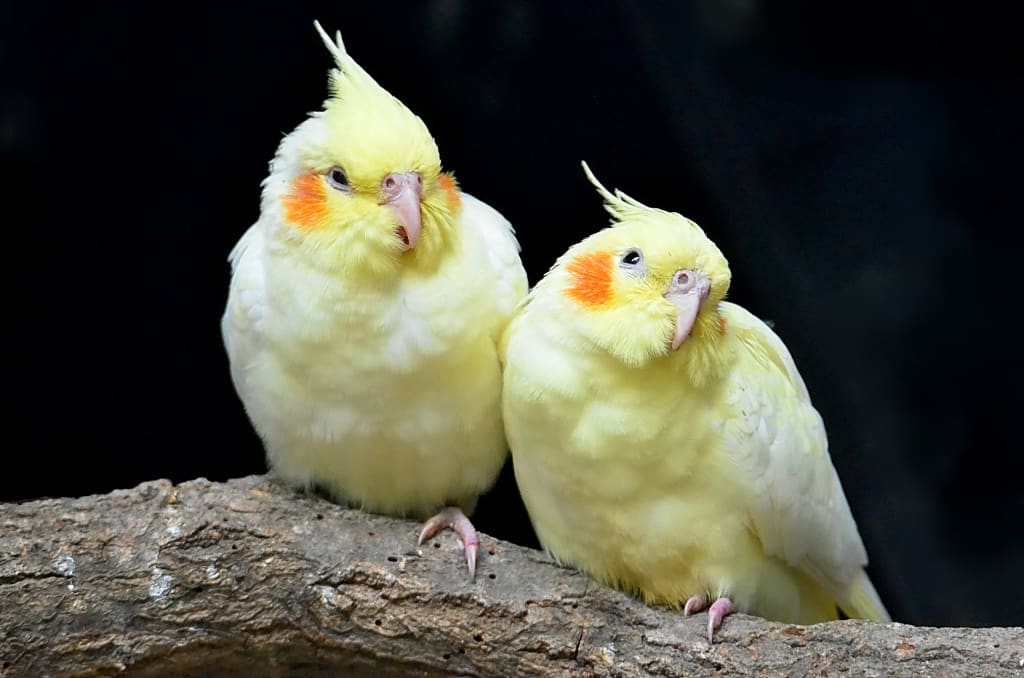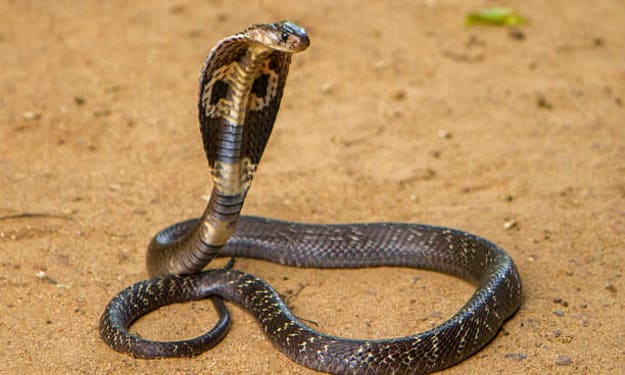Pied Cockatiel
Unlocking Their Unique Personality and Behaviors

The pied cockatiel is the perfect pet if you're an avid bird-lover. They are charming and engaging birds that have become popular pets due to their friendly and affectionate personalities. These small brilliant birds are known for their unique and colorful appearance, featuring a striking mix of gray and yellow feathers, bright orange cheeks, and short crest feathers atop their head. This beautiful bird is brilliant and distinct, but it can be tricky to unlock its full potential.
In this blog post, we will explore how to make the most out of your pied cockatiel by getting to know them better, creating a safe environment, and bonding with your feathered friend. With these tips and tricks, you will learn how to open up their unique behavior and personality to enjoy all they offer as part of your family.
Get to Know Your Pied Cockatiel
Both male and female pied cockatiels can sometimes be playful, affectionate, and even funny, but they require lots of attention to thrive in captivity. Understanding your bird's natural behavior is the key to unlocking its full potential as a companion. Some common manners observed in pied cockatiels include vocalization, preening, foraging, and flocking with other birds.
Vocalization: Pied cockatiels are known for their beautiful singing abilities and have been bred specifically for this trait. Many owners delight in listening to their melodic songs ranging from soft chirps to loud screeching noises.
Preening: They often preen themselves to groom and clean their feathers using their beak or feet to remove dirt or debris. This helps maintain the health of your bird's plumage while allowing it to friendship through trust-building activities such as cuddling or gently scratching its head with your finger during preening sessions.
Foraging: Like many other parrot species, pied cockatiels love to explore new environments and objects by foraging around for food items or exciting things that may catch their eye. Providing plenty of toys and treats within reachable areas like cages or aviaries can help encourage this natural behavior among your birds while keeping them mentally stimulated.
Flocking: They tend to flock together when feeling threatened or scared. This is why it is important not to expose them to too many outside stimuli, such as excessive noise levels or rapid movements, when handling them. Since these may trigger fear-based reactions in your birds, leading them away from you instead of toward you if they feel frightened enough.
Understand Their Physical Appearance
The physical appearance of these birds varies depending on the variety (e.g., white-faced pieds vs lutino pieds). Despite the variations among different pied cockatiel varieties, certain features remain constant. These include gray wings with yellow spots along each feather edge, bright orange cheeks, short crest feathers on the head, brown eyes, gray tail feathers tipped with black, gray legs, a curved beak, and, in some varieties, light grayish-white breast coloration and yellow faces. Owners need to familiarize themselves with these identifying characteristics to recognize better any signs/symptoms associated with illness should one arise.
Create a Safe, Stress-Free Environment
Creating a safe, stress-free environment for your pied cockatiel is essential. Providing appropriate habitation is the first step in creating a loving home for your bird. The cage should be at least twice as wide as the wingspan of your cockatiel so that it can move freely without feeling constrained. Additionally, perches of different sizes and textures should be provided to give them variety and help keep their nails worn down from climbing around. It's important to provide toys and other objects they can play with, chew on, or explore, such as paper towel rolls, strings/shoelaces, or pieces of wood.
Proper Diet and Nutrition
It is crucial to ensure your pied cockatiel's diet is nutritionally balanced to maintain a safe and healthy environment. A well-balanced diet should consist of fresh fruits and vegetables, high-quality seed mixes, or pellets that are specially formulated for birds while avoiding those that contain artificial colors. Providing your birds with proper nutrition can help promote good health and prevent potential health issues. Ensure fresh water is available at all times, both inside the cage and out – separate dishes are ideal if you can manage it – as well as cuttlebone or mineral blocks to help promote healthy beak growth. Feeding them treats like nuts or small amounts of cheese may also help aid in bonding during training sessions but must be done in moderation due to potential health risks associated with overfeeding these items.
Provide Stimulating Enrichment
In addition to proper diet and nutrition, enrichment activities will provide physical and mental stimulation- crucial for any bird's well-being since some species are prone to depression when bored or neglected. Foraging activities like hiding food around their habitat are great options since they enjoy searching through objects looking for food; interactive toys like spinning ladders encouraging physical activity are also beneficial! Additionally, hanging mirrors near their habitat will give them something fascinating to look at while singing, which helps reduce stress levels; even placing favorite books near their cages can stimulate curiosity.
Bonding with Your Cockatiel
Bonding with your cockatiel is an integral part of building a solid relationship. A key factor in developing trust is spending quality one-on-one time with your bird, including gentle handling and interaction. Spend several minutes daily talking to them, offering treats, or providing head scratches while they rest on your finger or shoulder. This will create a bond between you and the bird and help tame them if they are skittish around humans. Try setting up a separate "play area" where you can play together without distractions, such as other animals or people in the home.
Positive Reinforcement Training
Positive reinforcement training is essential for teaching any bird basic commands and conduct that will make it easier for both parties to handle and interact safely. Treats should always be used as rewards during training sessions rather than punishment for incorrect manners. This will encourage good behavior instead of discouraging it further by scaring the bird away from its owner. Begin by teaching basic commands such as "come here" or "step up onto my finger." Gradually progress to more complex behaviors such as flying back to their cage on command or learning their name. Positive reinforcement techniques, like clicker training using a hand-held device that emits a sound when the desired action is performed, can reward the bird with treats and reinforce the correct behavior. Over time, the bird will associate the reward with performing the task correctly, making it easier for the owner or trainer to request the manner in the future.
Creating Routine
Establishing a routine is crucial for fostering a solid friendship with your pied cockatiel. Birds thrive on structure and predictability in their daily lives, which can help them feel secure when interacting with unfamiliar humans. This can include family members or visitors who enter your home and may initially scare them due to a lack of familiarity. By maintaining a consistent routine, all parties involved can become more familiar with one another, ultimately leading to successful long-term bonding experiences between owners and their pets. Consider scheduling dedicated times each day for quality one-on-one playtime with your pied cockatiel. This can involve going outside for walks around the yard together while following safety protocols or having regular grooming sessions indoors that involve gentle brushing of the wings and back while speaking softly and calmly. Over time, these consistent activities can help build mutual trust and understanding between you and your bird, making them more comfortable with handling and interactions.
Wrapping Up
Pied cockatiels are fascinating, unique birds that make great pets. You can unlock their full potential as loving and loyal companions by understanding their nature and behavior, providing them with a proper diet, care, and training, and establishing a consistent routine. Remember to always approach your pied cockatiel with patience, kindness, and respect, and enjoy the bond that can develop between you and your feathered friend. Your pied cockatiel can bring you years of joy and companionship with the proper care and attention.
If you're looking for more tips on giving your pet the best life possible, consider subscribing!
You may also be interested in reading:
About the Creator
Amir Hossain
I blog on everything and anything— hoping my blogs will make your days a bit happier!






Comments
There are no comments for this story
Be the first to respond and start the conversation.